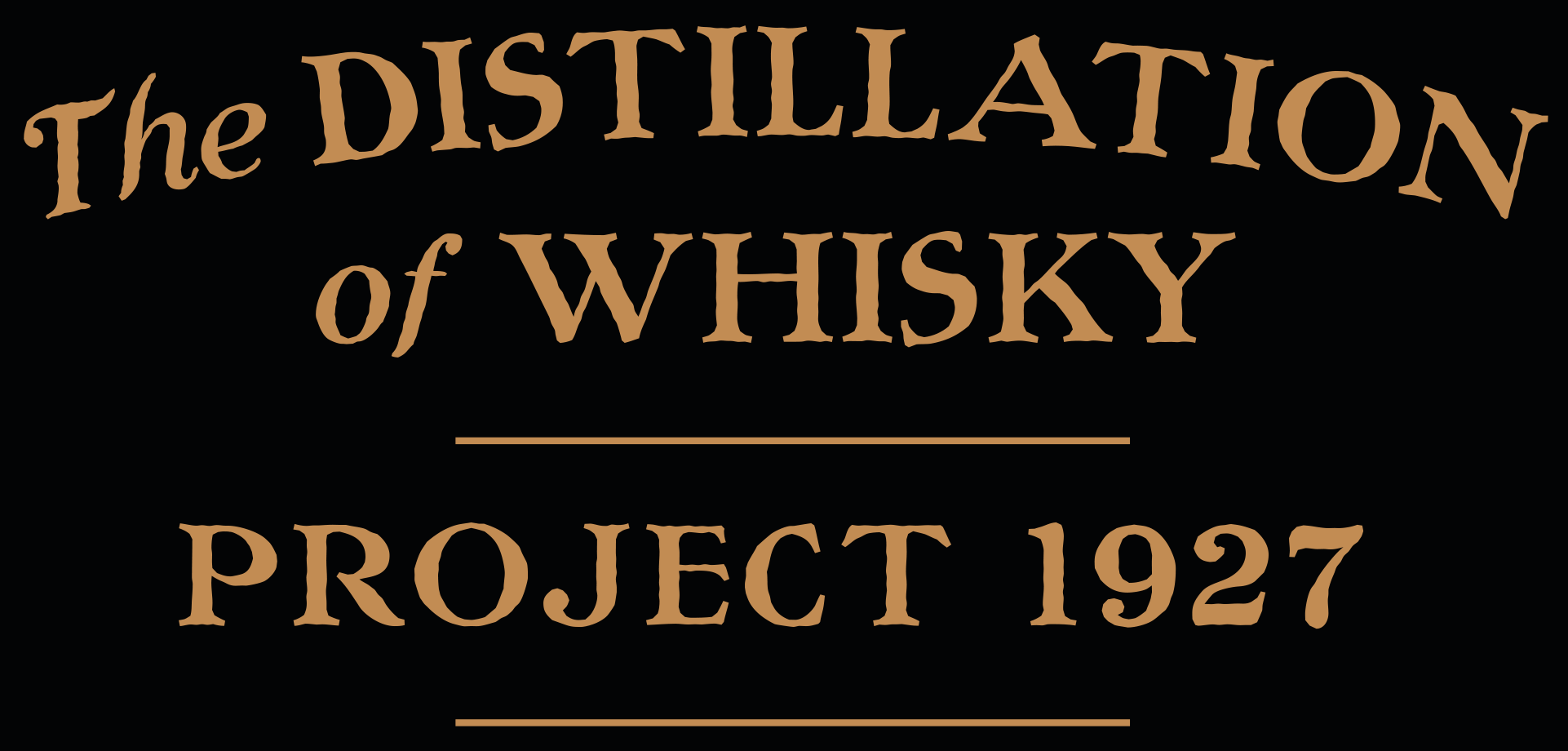
"For upwards of four years now it has been the writer’s privilege each month to place before readers… some features more or less intimately associated with the British distillery."
“The manufacture of Whisky has been traced from its basis materials, including water, through all processes from malting to maturing, and by way of every vessel and utensil between the grain loft and the duty-free warehouse.”
So concluded the anonymous author of The Distillation of Whisky: Notes & Observations on its Historical and Practical Aspects on February 14th, 1931.
First serialised over more than 50 months, with over 130 illustrations of the instruments integral to the manufacture of potable spirits in Scotland and overseas, it has now been published for the first time as a complete volume, alongside a shorter work – Practical Notes on Whisky Manufacture, 1927-1928 – written by an anonymous contemporary in a rival publication.
With introductions from renowned whisky expert Dave Broom and Alan Winchester, former Master Distiller at The Glenlivet, The Distillation of Whisky, 1927-1931 provides an unparalleled insight into the whisky-making techniques of the early twentieth century.

Intrigued by the materials, techniques and methods featured in these volumes, we approached six of the most innovative distilleries in Scotland today. To our delight, they accepted. There are many challenges involved in reviving the whisky of a hundred years ago. Some obstacles are insurmountable – direct firing of the stills, for example, cannot be tried out for one experimental run! Other aspects are simply undesirable: no one would wish for a return to the safety practices of 100 years ago. And some possibilities, such as the peating of heritage malts, remain untried for now (perhaps that would be one for the future).
Six participating distilleries – Ardnamurchan, Dornoch, Holyrood, InchDairnie, Lochlea and ‘An Unnamed Farm Distillery in the Heart of the Kingdom of Fife’ – have all drawn inspiration from the contents of this book. Each distiller has focused on very different areas of interest for further exploration. From lager yeast to ‘turkey quills’, heritage malts to local barley, cloudy worts to Champonnois stills, and floor malting to a full fortnight of fermentation, the diversity of their proposals was far beyond what we could imagine. When combined with their deep knowledge of the craft of whisky-making and the phenomenal character of their existing distillate, we anticipate that these experimental runs will result in six wonderfully divergent spirits.
By the time that you are reading this, distillation will already have begun at some locations, and will continue at the others throughout the autumn and winter period of late 2023 and early 2024. Once all have been distilled, a portion of each will then also be combined to create a seventh, ‘blended at birth’.
These seven spirits will be filled into two types of cask. Each pays homage to the wood mentioned in this text. The first – refill American Virgin Oak, used once previously to mature single malt Scotch whisky – speaks to the contemporary popularity of a cask which is now seldom seen, used in an era when the most popular casks in Scotch today, ex-Bourbon, were strictly Prohibited. The second – refill ex-Oloroso Sherry European Oak – is as beloved by distillers today as it was by their forebears a century earlier. Both should also allow for the appropriate level of cask influence without dominating the character of the maturing whiskies. Given the unique nature of this project, we intend to release samples of the resulting new make spirits in 2024, to be followed in due course by the resulting whiskies at various points of the maturation journey.
Making whisky is a slow, incremental process, honed through centuries of know-how. We hope that this journey into the past can prove salutary to the present – and we hope that you enjoy the ride.
Dave Broom
Alan Winchester
Rupert Patrick, Hugh Barron & Leon Kuebler (James Eadie Ltd)